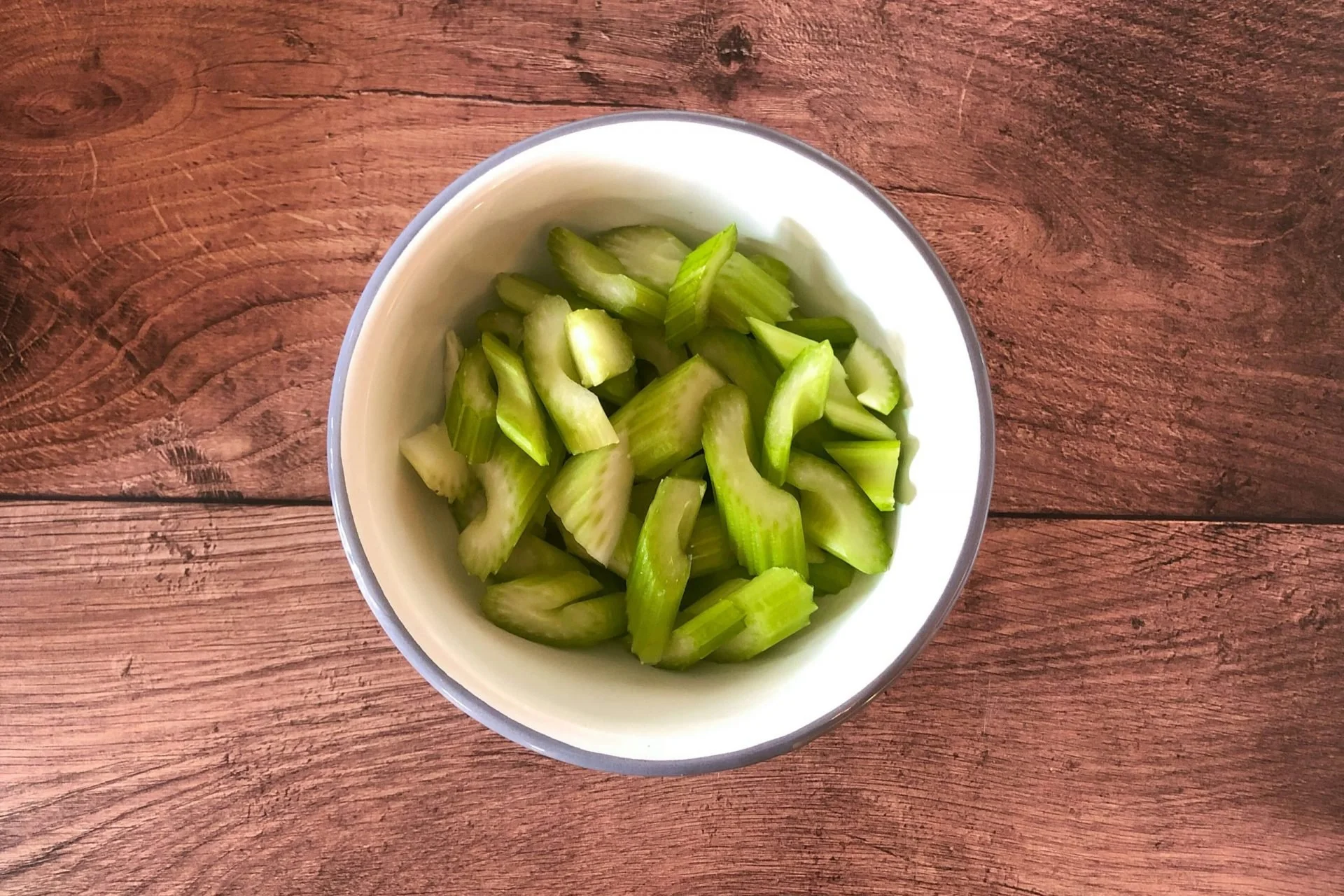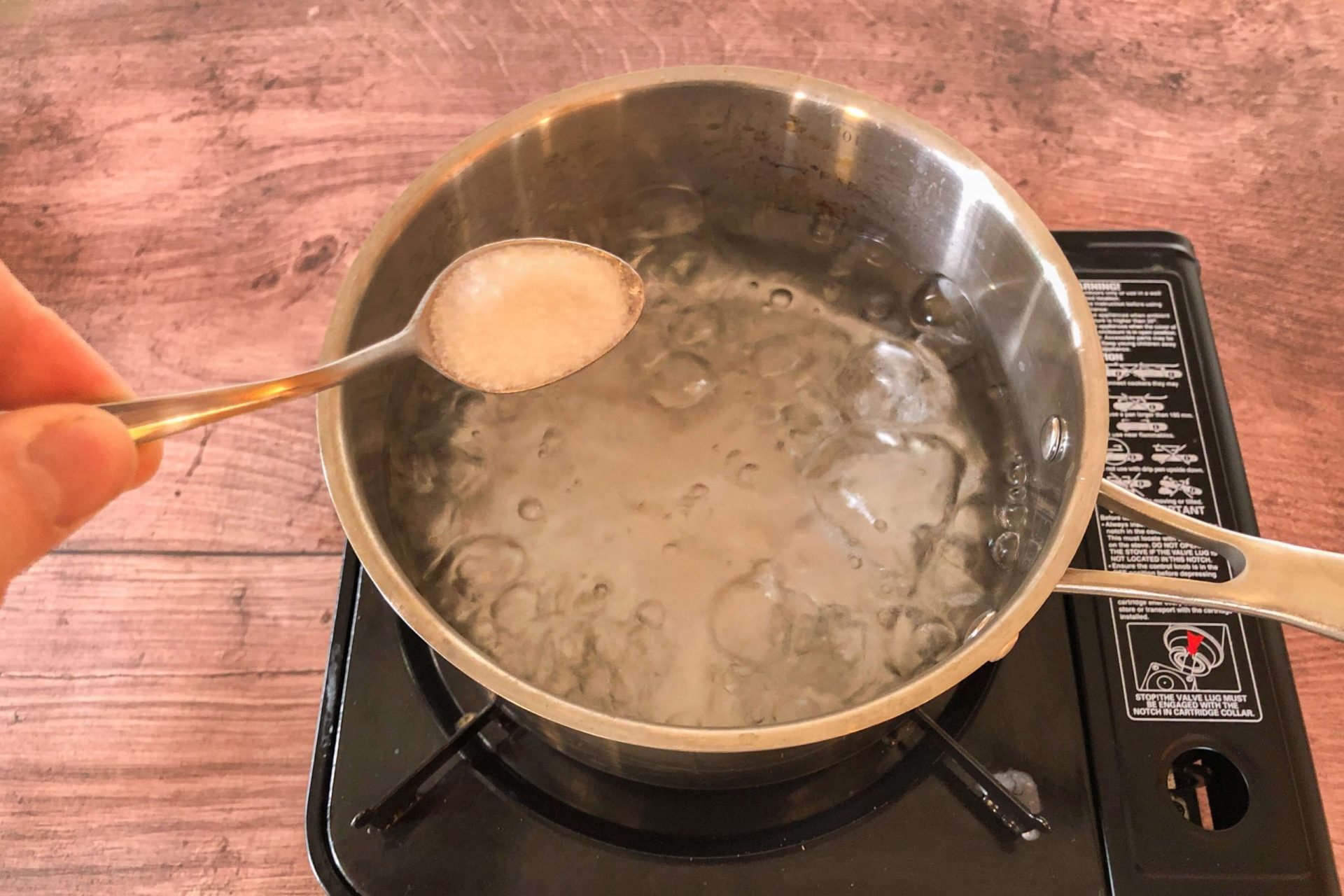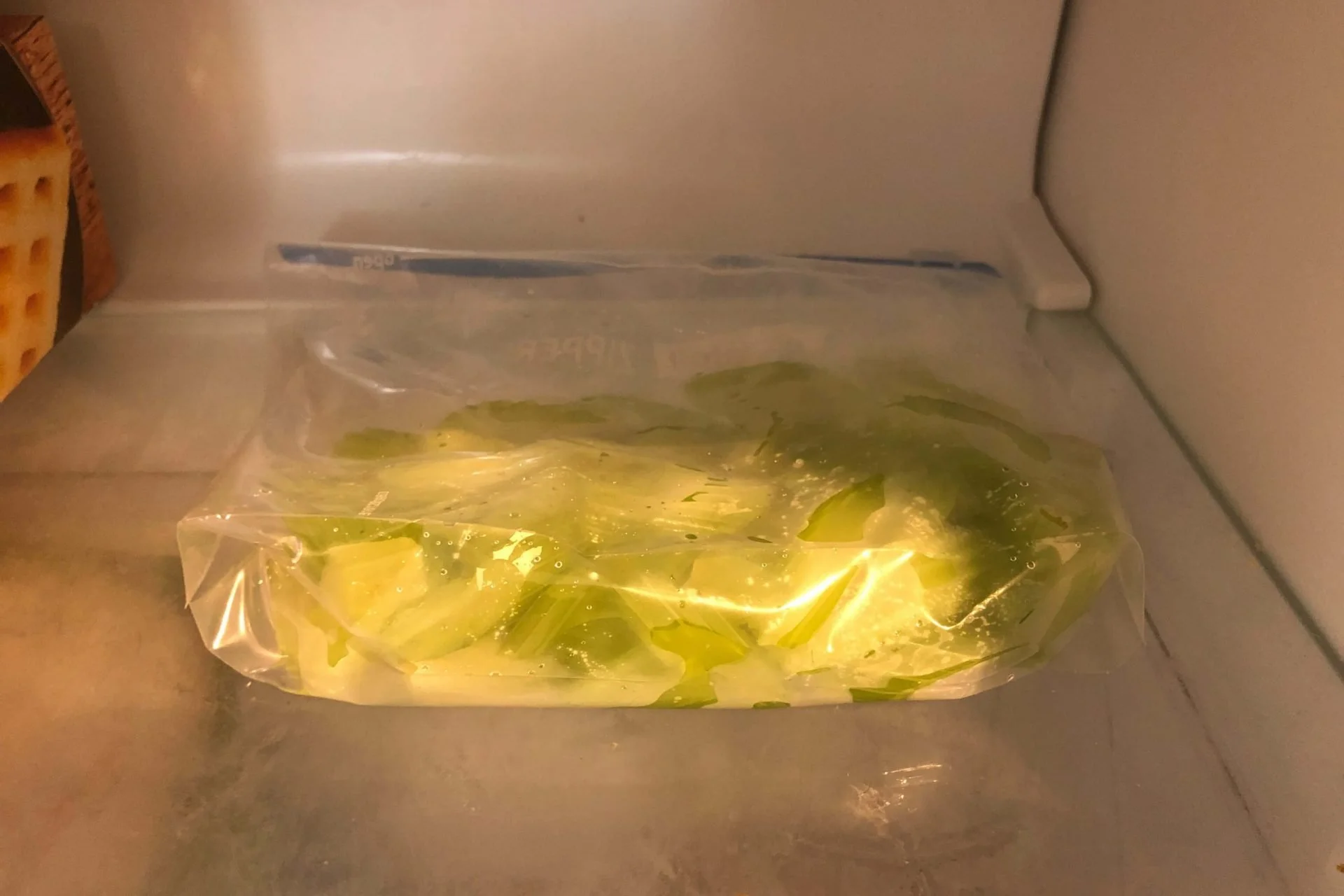Blanching Veggies, Fruits, & Nuts
Discover > Texas Home Cooking > Blanching Veggies, Fruits, & Nuts
Vegetables can be beautiful things. When they’re fresh they can be full of flavor with vibrant color, crispy, refreshing and best of all, healthy! But there’s always a flip side. Sogginess, tasteless, dull, and totally lacking in every essential nutrient. Thankfully there is a way to get perfect vibrant vegetables every time. By blanching.
Blanching is an extremely easy cooking technique that involves submerging vegetables into boiling water anywhere between 2-5 mins (depending on the vegetables), then removing them from the boiling water and immediately submerging them in ice water to immediately halt the cooking process.
Blanching sets the taste and color for a vegetable and prevents it from becoming soggy making it much more appealing to eat, and ideal for freezing, It stops enzyme actions which can cause loss of flavor, color, and texture. Blanching cleanses the surface of dirt and organisms, brightens the color and helps retard loss of vitamins. Here are some of the things that blanching does for veggies:
A perfect tender, crisp element perfect for salads!
Removes any bitter or ‘raw’ qualities a vegetable may have (green beans, tatsoi, etc.)
Removing bitter and strong flavors from things such as onions and cabbage.
Prepping veggies for dishes such as casseroles.
Peeling delicate fruits (What wine goes well with fruits?), vegetables, and nuts (What wine goes well with nuts?) like tomatoes, peaches, and almonds (how long do almonds last?).
Coring certain fruits like plums, peaches, and cherries (how long do cherries last?).
Prepping fruit and veg before freezing!
Brightening up your greens making them more appealing and giving a dish more life.
To blanch any fruit or vegetables all you will need is:
A pot filled with water
An ice bath
First salt your pot of water, place it on the stove and bring it to a boil.
If you have particularly large vegetables (broccoli (how long does broccoli last?), carrots (how long do carrots last?), potatoes) consider cutting them into uniform pieces.
Once you have your water at a rolling boil, drop your prepared vegetables into the boiling water from 2-5 minutes, again, depending on the vegetable. If you’re blanching for peeling purposes i.e.peaches, or tomatoes, blanch them only for around 30 seconds to soften and loosen the skin. Nuts will normally only take a minute or so.
After the instructed time has passed, remove the product from the boiling water and place them into the ice bath straight away and submerge them completely.
Then toss it in a freezer bag it to freeze, eat on the spot, or prepare for any following dish.
Here’s a list of common products to blanch and for how long:
Vegetables:
Asparagus: 2-4 mins depending on stalk size
Beans - snap, green, or wax: 3
Beans - Lima, butter, pinto: 2-4 depending on size
Broccoli - flowerets: 3 mins
Brussel Sprouts: 3-5 minutes depending on head size
Cabbage: 1 ½ min
Carrots - diced, striped or sliced: 2 mins
Baby Carrots: 5 mins
Cauliflower - flowerets: 3 minutes
Celery: 3 mins
Corn on the cob: 7-11 mins depending on cob size
Corn kernels: 4 mins
Eggplant: 4 mins
Greens - collard: 3 mins
Greens - other: 2
Okra: 3-5 mins depending on pod size
Onions: 3-7 mins, or until heated through
Peas: 1 ½ - 2 ½ minutes
Sweet peppers - halves: 3 mins
Sweet peppers - Strips or rings: 2 mins
Potatoes - Irish: 3-5 mins
Soybeans: 5 mins
Summer squash: 3 mins
Turnips: 3 mins
Fruits:
Apples: 30-60 seconds
Cherries: 60 seconds
Peaches: 2-3 minutes
Pears: 30-45 seconds
Plums: 30 seconds
Nuts:
Almonds: 60 seconds
Pistachios: 2 mins
Brazil nuts: 1-2 mins
Peanuts: 3 mins
Hazelnuts: 3 mins







